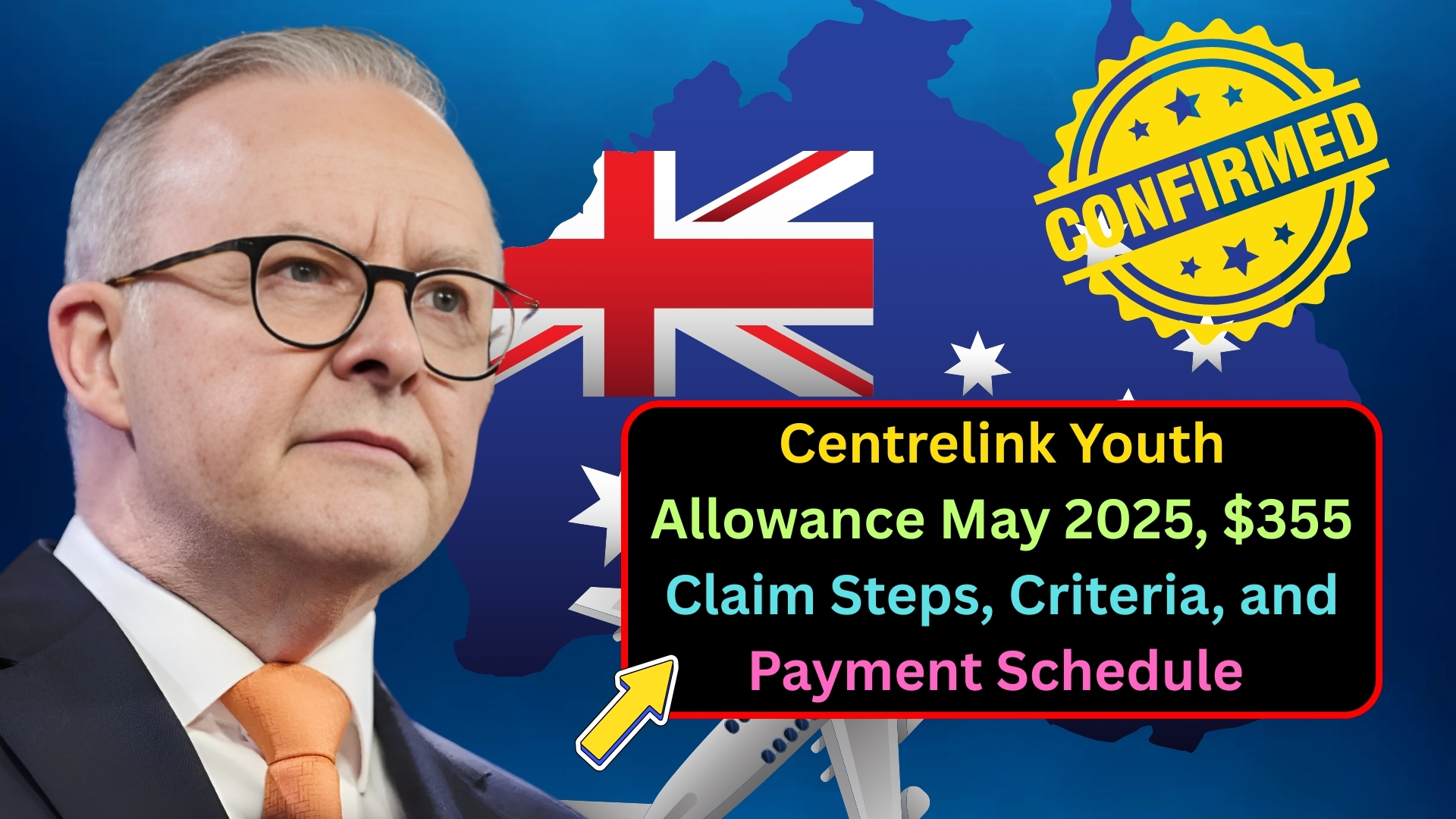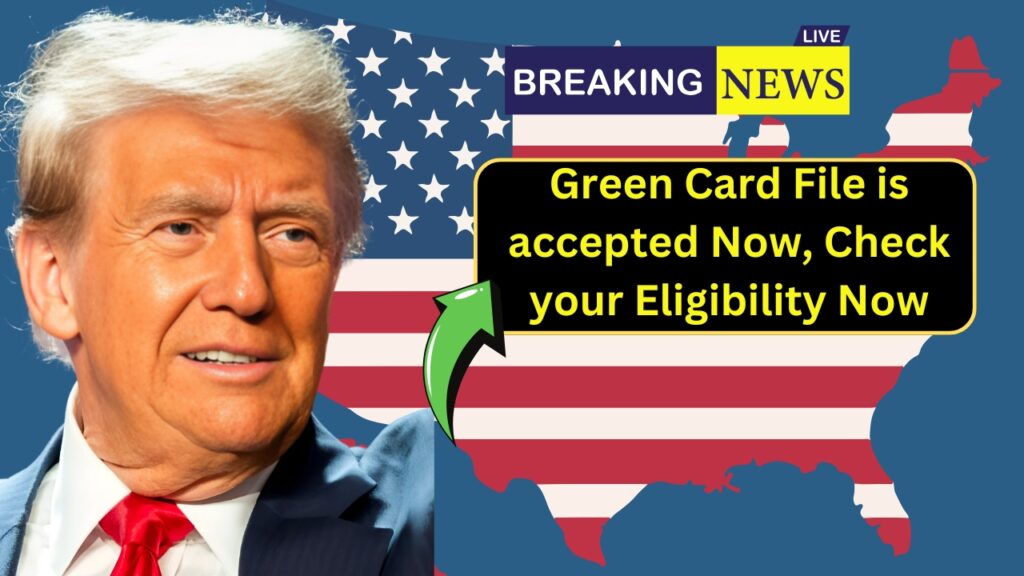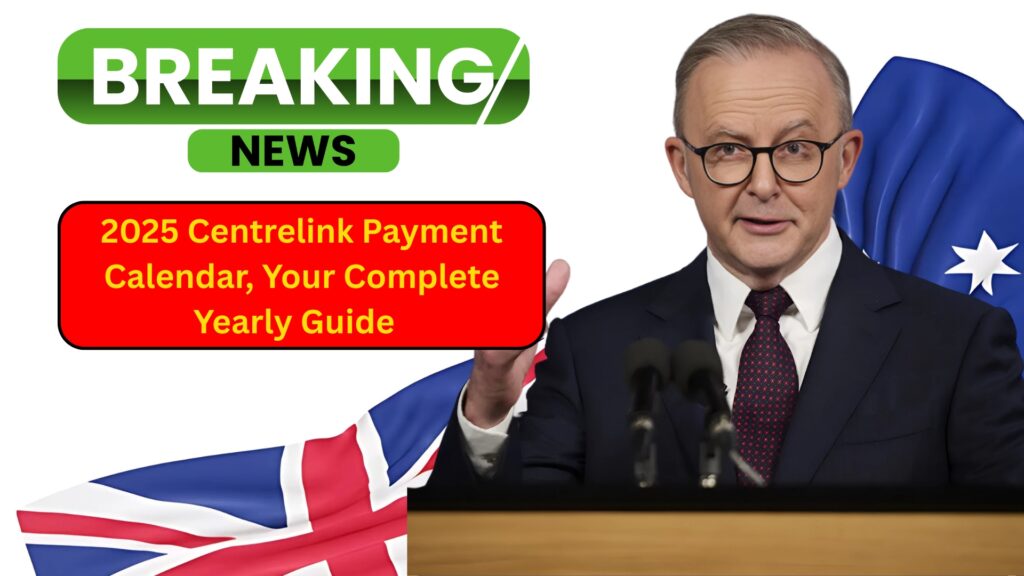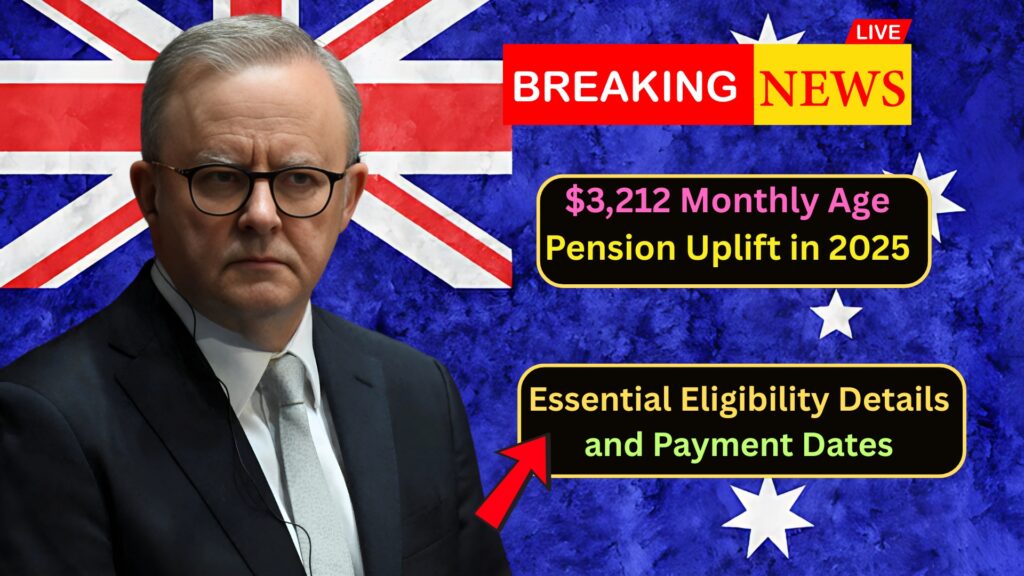Centrelink Youth Allowance May 2025: It’s not easy being a young Australian’s wallet. With living costs on the rise and the pressures of study or finding a job, many millennials require financial help.
Enter Centrelink’s Youth Allowance – a lifeline that’s getting thousands of young people through study or the job search.
A new rate has been introduced titled ‘Youth Allowance (Other) – Not Independent,’ which has hit $355 a fortnight for May 2025, following recent changes to the payments in-line with Australia’s economic conditions.
But when it comes to applying for a job, working through the process can seem like unraveling a ball of twine — complicating, time consuming and once in a while, aggravating.
Sort facts from fiction with our round-up of what you need to know about claiming Youth Allowance in May 2025. We’ll cover eligibility requirements, the application process, repayment schedules and insider tips to help increase your chances of acceptance.
Table of Contents
Who is eligible for the 2025 Youth Allowance?

Youth Allowance is aimed at two primary groups young students/apprentices and job seekers. The qualification criteria are slightly different depending on the category, so let’s break it down:
For Students and Apprentices
You must be a: Full-time student or trainee to be eligible as a student or trainee part-time student or trainee to be eligible as a student or apprenticeAILABLE AS AN APPRENTICE To be eligible as an apprentice or trainee apprentice.
*full time student and 16-24 years old
25 years or older for the study you were undertaking prior to turning 25 and are still studying full-time
16-21 years and you’re doing a full-time Australian Apprenticeship
For Centrelink to approve your course, you will generally need:
TAFE CERTIFICATES/ DIPLOMAS
Bachelor: University undergraduate degrees
*Some master’s programs (if required for professional registration)
Approved apprenticeships
Nineteen-year-old nursing student Kelly from Brisbane explains: “I didn’t know if my pathway program was eligible for Youth Allowance, but I rang Centrelink and it turned out that it was. Do not necessarily dismiss your course as ineligible – it’s always worth asking.”
For Job Seekers
If it is a job you’re in the market for, you will qualify if you are:
16 to 21 years old and full time job searching
16-21 years old and studying part-time and seeking work
22-24 years old, Job-seeking, Experiencing Monetary Strain.
Job seekers will also be required to participate in mutual obligation activities, such as:
Regular appointments with an employment service organisation
Applying to a certain number of jobs per month
Engaging in activities that are part of an approved program (including Work for the Dole programs, or doing a short course)
The Income and Assets Testing: The Financial Dimension of Eligibility
Other than age and activity tests, Centrelink applies income and assets tests to your financial circumstances.
Income Testing
As of May 2025, the fortnightly threshold for when your Youth Allowance reduces starts at $452. For every dollar over this amount, your payment is lowered by 50 cents.
If you earned more than $1,162 each fortnight, your Youth Allowance payment would drop to zero.
Many students do not know that income earned from casual holiday work is assessed differently. University student Mark, who works heavily maximising his hours in between semesters, explains:
“I’ve worked out that if you earn a heap over holidays and nothing during semester, Centrelink can average it out over the year. This way my payments wouldn’t be bouncing all around.”
Assets Testing
The assets test considers the total value of your assets and savings, except your primary place of residence if you own it. Current thresholds are:
$500,000 for homeowners
$750,000 for non-homeowners
Those numbers may sound high, but note that they include cars, investments, and other valuable objects.
Separation Requirements: Escaping the Parental Income Test
The biggest obstacle, for many young Australians, is demonstrating that you are independent from your parents. Your parents’ income, if you’re determined to be dependent, can significantly cut or eliminate your payment eligibility.
You are automatically considered independent if you:
Are 22 or older
Been in a statutory relationship (married or de facto) for a minimum of 12 months
Have a dependent child
Were employed full-time (a minimum of 30 hours per week) for 18 months in the past two years
Cannot live with your parents because a family breakdown is so severe, or the parents are violent or something similar
Are an unaccompanied humanitarian minor in Australia
Sarah, who was granted independence at 20, says: “The best advice I can give you is to have a paper trail of every aspect of your independence case. I held on to pay slips, rental agreements, and yes, text messages, which showed that I was working to support myself.
This evidence was all important when Centrelink threw doubt on my condition.
How to Apply, Step-by-Step application Procedure for May 2025
The application process has gotten easier in recent years, but preparation is still the key to a hassle-free visit:
Preparing Your Paperwork Step 1: Get Your Documentation Ready
Please note before commencing with your application you need to have ready:
Tax File Number
Bank account details
Proof of identity documents (driver’s license, passport or birth certificate)
Lease if you are paying rent
Details about specific courses, if you are a student
Work history and current income data
Your parents’ income (if you are not independent)
Step 2: Log In or Sign Up to Your myGov Account
myGov is the way to access all government online services. If you do not already have an account:
Visit my..gov.au and click ‘Create an account’
Then proceed to verify your identity via the prompts.
After you’ve signed up, connect your account to Centrelink
Step 3: Submit Your Claim
Sign in to myGov and choose ‘Centrelink’
Search for ‘Payments and Claims’
Select ‘Make a claim’
Select ‘Youth Allowance’ from the cover type drop-down choices.
Just go through the simple guided process, answering each question honestly.
Provide documents when asked to do so
Please review your application before sending it to us.
Jason, who has just finished submitting his: “The online form said it would take 40 minutes, but it ended up taking over two hours because I had to look up information and upload documents. Give yourself a lot of time, and don’t rush it.”
Step 4: Track Your Claim
You can also check on the progress of your claim in your myGov account after you’ve lodged. At present the average processing time is 28 days but it may take longer for more complicated cases.
However, in the mean time be sure to check your myGov inbox, in case they have further questions for you. The early refusal of these request prevent further delay.
Pay Rate and Schudule: May 2025
Youth Allowance There’s an underlying cutting of the purpose to the bone that points back to 19th century Australia, with plans to pay most recipients a basic rate of Youth Allowance of $355 a fortnight. But you might not have to pay that amount.
Your living arrangement
Your relationship status
If you have dependent children
Any other supplement that you’re eligible for
Common Payment Scenarios
Single At Home: $355 each fortnight
Single, lived at home: $512.50 a fortnight
Single, with children: $667.70/fn
Partnered, no children: $512.50 each per fortnight
Additional Supplements
You could be eligible for additional help from:
Rent Assistance: $155.40 per fortnight if you pay rent
Energy Supplement: Approximately $8.80 a fortnight to assist with energy expenses
Pharmaceutical Allowance: $6.20 a fortnight if you have a medical condition for the time being.
Payment Schedule
Youth Allowance is paid every 2 weeks, from a date that depends on when you first applied. The may №25 payment calendar includes:
Thursday, May 1
Thursday, May 15
Thursday, May 29
Emma, an architecture student on Youth Allowance, says: “My budget was based on the payment dates.” Having an exact date for the money to hit our accounts helps me to budget better.”
Keeping Up With Your Payments: Responsibility and Reporting
If you’re approved, you have to fulfill some ongoing requirements to continue to receive payments:
For Students
Enrolled full-time it (gt) I understand.
Maintain satisfactory academic progress
Let your department know about any changes to your study load
Report income fortnightly
For Job Seekers
Go to all employment provider appointments
Submit appropriate number of job applications per month
Engage in mandatory initiatives
Report income fortnightly
Income Reporting
Most recipients are required to report their income every two weeks, even if it is zero. You can report:
Through the Centrelink app
Via your myGov account
Reporting the line
“Have a recurring alarm on your phone,” says Tom, who was put on hold recently for not making a report. “It’s easy to forget, especially around exam times or when you’re super-busy with life, but the flip side can be debilitating.”
Common problems and how you can avoid them
There is widespread delay and refusal of many Youth Allowance claims because of easily prevented mistakes. Here are some of the most frequent problems and how to steer clear of them:
Incomplete Documentation
All required documents must be submitted and be readable. If you are unsure about a document, contact Centrelink before you upload.
Income Inaccuracies Reported incomes were extracted from our double searching of claims, but other studies have found low accuracy rates for income reporting.
Since you report your income carefully. Underreporting can result in debts, while overreporting cuts your payments unduly.
Neglecting to Keep Your Information Current
Centrelink must be notified within 14 days of any changes in your circumstances such as moving house, swapping courses, or entering a relationship.
Failing to Respond to Requests for Information
Monitor your myGov Inbox to find out if any additional information is required from you, and provide the information promptly.
Who to Ask for Help With Your Application
If you have a difficult time with your application or any questions about your eligibility, support is available from a few different places:
Centrelink phone services: 132 490 (Youth Allowance line)
Services Australia Centres: A face-to-face visit for one-on-one support
University Student Services: Many universities employ help staff who can assist students negotiate Centrelink
Community Legal Centres: May offer advice if your claim is denied
We all know Centrelink phone lines get super busy, but they’re often faster first thing in the morning (immediately after opening) AND again about mid-afternoon (like around 2:30 pm).
Financial Stability Planning
The Youth Allowance is essential for young Australians at school or looking for work. $355 is not a huge amount of money, but it can be the difference between being able to concentrate on your goals and barely scraping by.
Through familiarizing yourself with eligibility guidelines, preparing your application well, and keeping up with agreements as a student once approved, you can secure this financial help with minimum hassle and disruption.
Keep in mind that Centrelink workers are there to assist you with working the system. If you are unsure about your application or your continued obligations, ask for clarification!
Armed with THE complete list, you will now be able to claim and keep your Youth Allowance payments in/through 2025 and beyond!








